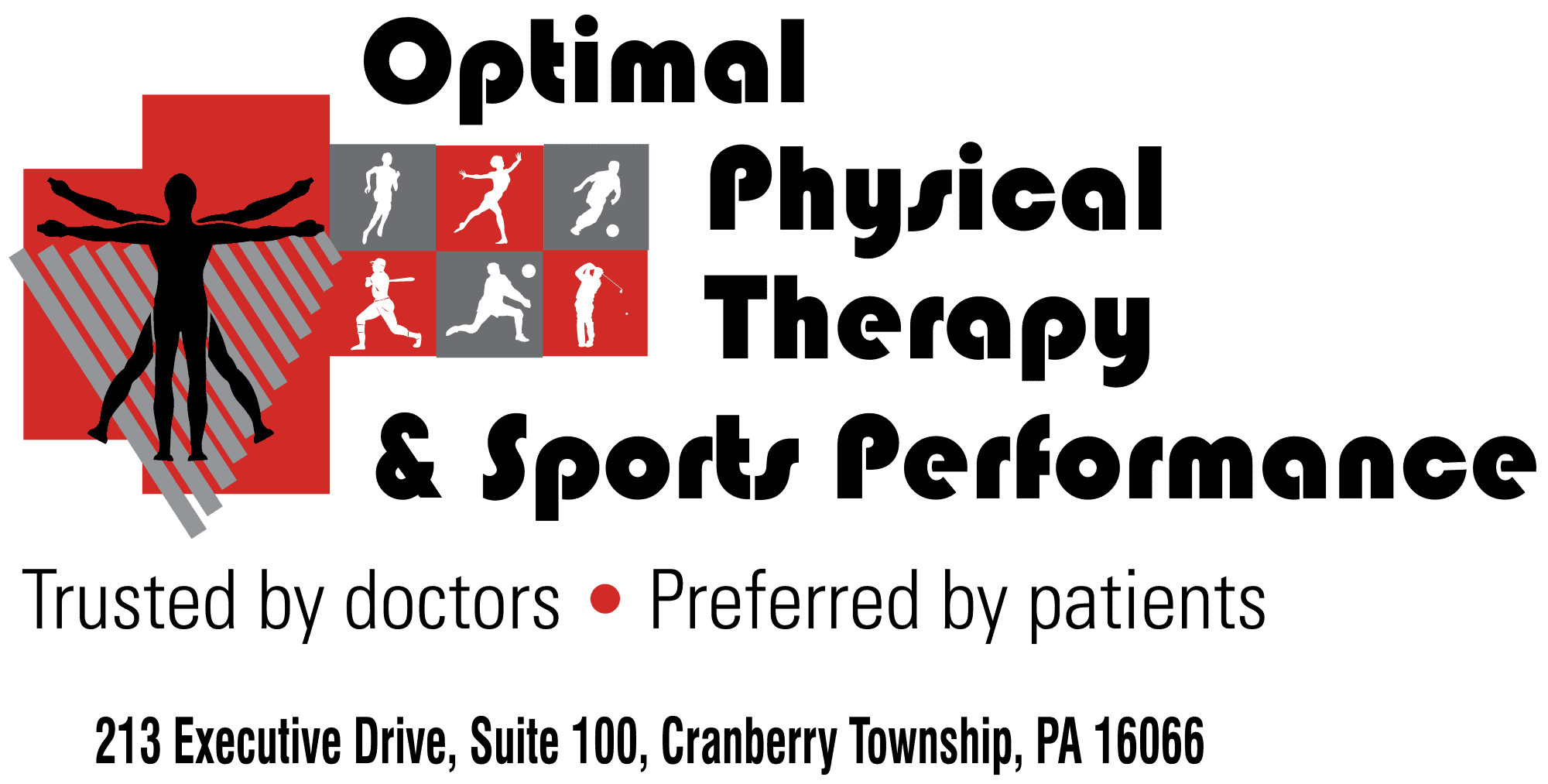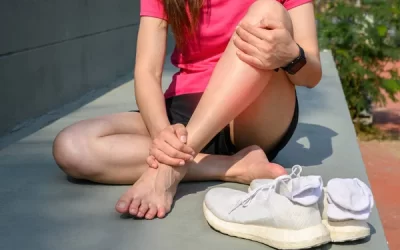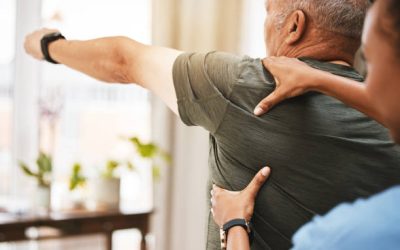Just as the words Facebook, Twitter, Xbox, cell phone, tablet, laptop and Snapchat have made their way into our everyday life and vocabulary, new medical conditions are surfacing due to how we are physically interfacing with all the great new technologies available to us.
TEXT NECK
For example, could you be using your cell phone, laptop, electronic book or other digital device in a way that may cause the condition known as “Text Neck”? Your head weighs an average of 10 to 12 pounds and places this weight onto your spine. However, if you bend your neck forward and look down, the weight on the cervical spine begins to increase. Take a look at how a normal 10-12 pound load on the neck changes with the angle at which you are holding your head on your neck:
15 degree bend: 27 pounds
30 degree bend: 40 pounds
45 degree bend: 49 pounds
60 degree bend: 60 pounds
That amounts to a great deal of unnecessary wear and tear on the joints of the neck! Think about how often you are looking at a device in this way. If you have high school or college age students, the amount of time they do this may exceed many of us. When tissues of the spine are placed in these positions of stress repeatedly and for prolonged periods of time day in and day out, it can lead to tissue inflammation, muscle strain, pinched nerves, herniated discs, and headaches. Medical experts are growing increasingly concerned with the amount of people and particularly young people who require spine care.
To avoid this poor postural habit with tech try these “Heads Up” recommendations:
Hold the device (cell phone, electronic book) up when operating it. Use it at chest level not at navel level. Place a laptop on top of something such that it is elevated allowing you to maintain a neutral neck position with the top 1/3 of the screen at eye level and you are not looking down at it. Use a stand for your tablet so that it is not flat on a table requiring you to look down.
While you are holding things properly, try to look down at your device with your eyes only without bending your neck.
Adjust font size to avoid eye strain.
If working on electronic device for a while, take a break. Gently move your neck side to side or tilt side to side. Pinch your shoulders back a few times. Get up and move every 30 minutes. These techniques can help to reset your posture.
LAPTOP TENDONITIS
Avoid “Laptop Tendonitis”: Did you know that it is better to use an external computer mouse versus the track pad on a laptop? The reason for this is that using the upper limb and hand on a track pad actually places the limb in an awkward position across the body rather than relaxed at the side. With more fine movement of tendons required to operate a track pad, discomfort in shoulders, arms and fingers can develop. Just make sure the external mouse is at elbow level and off to the side somewhat. Also try to avoid resting your wrists on the edge of a notebook computer. Consider a wrist support pad.
EARBUD HEARING LOSS
Protect your hearing from “earbud-induced hearing loss”
Personal listening devices are now sounding alarm among public health officials. Once limited to construction workers, rock stars, and the elderly, noise related hearing loss is a growing concern for persons of all ages in our country. Earbuds are unlike the former bulky headphones of the past. They pipe noise straight to the eardrum. It is recommended that you follow the 60/60 rule. Limit earbud use for not more than 60 minutes in a day and at 60 percent of maximal volume.
LED SCREEN SLEEP DISORDER
Research is suggesting that the glow emitted from all the screens in our technology (computers, phones, televisions, and gaming systems using TVs) can influence and inhibit the production of a body hormone: melatonin – which is needed to induce sleep and maintain our circadian rhythms. Why is a physical therapist concerned? Good sleep is needed to help the body repair itself. It is when the body does it magic of healing. If sleep is impaired, healing will be delayed. Turn down your screen brightness at night or take a break from screens for a couple of hours before bed.
And remember that research suggests that adults and children who are physically more active are less likely to suffer from pain due to poor postural habits and repetitive type injuries. Take a walk, go to the park, just get up and move your spine to a more upright position periodically throughout your day. Just like the little habits can get you in trouble, little habits can improve your posture and your overall health. Be a tech person while being body wise.
Optimal Physical Therapy and Sports Performance is Cranberry Township’s favorite physical therapy provider evidenced by multiple gold awards from our community!!! If you need help for pain or injury, call us at 724-779-1300. We are the experts at putting your life back into motion!!!!



